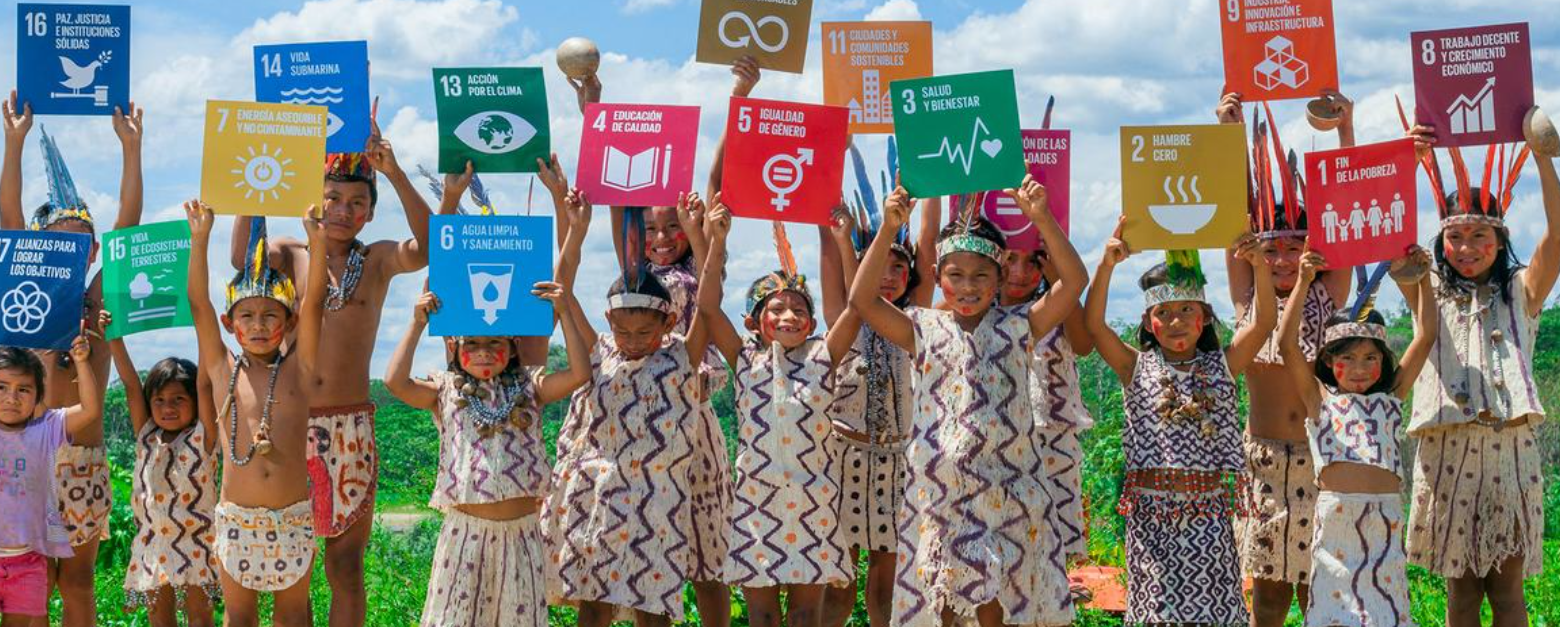H.E. President of the General Assembly,
H.E. Mr. Andrzej Duda, President of Poland,
Excellencies, distinguished delegates, ladies and gentlemen,
I am honoured by this opportunuity to speak at this most timely dialogue.
The initiative by the President of the General Assembly to convene the first-ever Sustainability Week is most welcome. This week provides an opportunity to shape a dialogue around sustainability in identifying both the challenges and the solutions to a sustainable future.
The focus of this dialogue on building resilience and promoting sustainable development through infrastructure connectivity is particularly well placed.
Resilient and effective infrastructure frameworks are a critical lifeline both in times of stability and in times of crisis. Infrastructure frameworks that are integrated ensure the effective daily delivery of essential services and act as critical safeguards in disruptive situations.
Infrastructure is the centrepiece to effective preparedness.
Consider the critical role of infrastructure in reducing the loss and damage caused by extreme weather or geological events.
Climate change is causing increased and more frequent flooding in many areas. But for communities with well-maintained flood protection systems, like dykes and canals, the damage is mitigated.
Yet, despite significant progress, the world faces an infrastructure emergency.
More than 2 billion people across the globe lack access to safely managed drinking water, and nearly half need improved sanitation.
Close to 700 million people across the globe have no access to electricity, and about one-third of the global population remains offline.
Schools, hospitals, roads, bridges, tunnels, harbours, and railways remain out of reach for many communities.
LDCs, LLDCs, and SIDS are on the front lines.
Every year, damaged infrastructure costs them dearly.
In Least Developed Countries, WMO reported that several disasters over the past half-century had caused economic losses of up to 30 per cent of gross domestic product (GDP).
Drowning in debt, they lack the fiscal space to build and sustain quality, and durable infrastructure.
We cannot afford to leave them behind. This dialogue can help rally action and harness the power of partnerships to address these gaps.
Excellencies, distinguished delegates,
As we look ahead to the Summit of the Future in September, we can and must turn the infrastructure emergency into an infrastructure opportunity.
We must fill the gap with an eye to the future, investing in infrastructure that gets us closer to our sustainability goals. These investments should prioritize resilience and adaptation to climate change.
Smart roads that reduce congestion and save fuel.
Eco-friendly buildings that slash energy consumption.
Telemedicine bringing healthcare to remote areas.
Renewable energy sources powering communities.
Digital education platforms reaching every corner of the globe.
I hope today’s discussions will set the stage for a transformative journey towards quality, reliability, and sustainability in infrastructure development.
I wish you a successful meeting.
Thank you.

